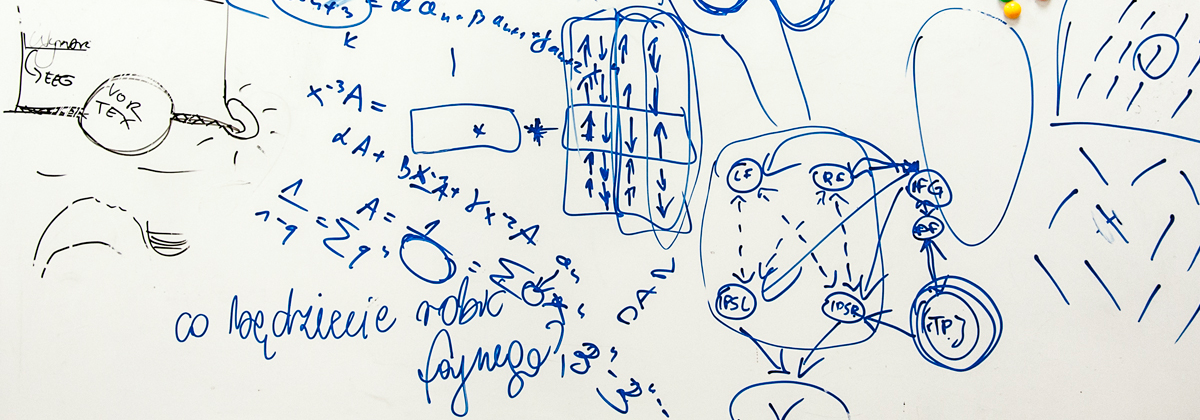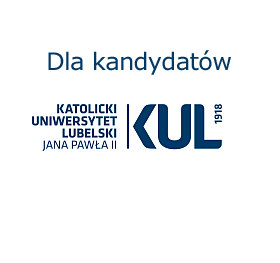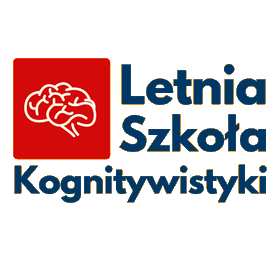III Międzynarodowe Seminarium Neurorozwojowe
III Międzynarodowe Seminarium Neurorozwojowe
 W dniu 27 kwietnia 2017 r. odbędą wykłady i spotkanie III Międzynarodowego Seminarium Neurorozwojowego Laboratorium Neurokognitywnego w Interdyscyplinarnym Centrum Nowoczesnych Technologii UMK z udziałem Prof. Barbary Höhle oraz Dr Natalie Boll-Avetisyan (Uniwersytet w Poczdamie, Niemcy).
W dniu 27 kwietnia 2017 r. odbędą wykłady i spotkanie III Międzynarodowego Seminarium Neurorozwojowego Laboratorium Neurokognitywnego w Interdyscyplinarnym Centrum Nowoczesnych Technologii UMK z udziałem Prof. Barbary Höhle oraz Dr Natalie Boll-Avetisyan (Uniwersytet w Poczdamie, Niemcy).
Zapraszamy w imieniu Organizatorów!
From speech input to linguistic knowledge
Prof. Barbara Höhle (University Potsdam, Niemcy)
godz. 11.00 w sali I na Wydziale Humanistycznym (Harmonijka, Fosa Staromiejska 1a)
Streszczenie
Children master to acquire the essential grammatical and phonological properties of their ambient language(s) with an amazing speed during their first years of life. What are the mechanisms that make this fast development possible? The „Prosodic Bootstrapping” account predicts that prosodic information contained in the speech input that young infants are exposed to supports their early syntactic and lexical development (1,2). I will present findings from our lab that show that young infants are sensitive to specific prosodic features from early on, but that these features are not universal and that, hence, their exploitation needs some attunement to language-specific characteristics (2,3,5). Furthermore, I will argue that disturbances of this early prosodic development may hinder further lexical and syntactic development leading to lower language performance in children up to school age (6,7).
Bibliografia
(1) Höhle, B. (2009) Bootstrapping mechanisms in first language acquisition. Linguistics, 47, 359-382.
(2) Höhle, B. (2015) Crosslinguistic perspectives on segmentation and categorization in early language acquisition. In E. Bavin & L. Naigles (eds.) The Cambridge Handbook of Child Language. Second Edition. Cambridge: University Press. pp. 159-182.
(3) Wellmann, C., Holzgrefe, J., Truckenbrodt, H., Wartenburger, I. & Höhle, B. (2012) How each prosodic boundary cue matters: Evidence from German infants. Frontiers in Language Sciences. https://doi.org/10.3389/fpsyg.2012.00580
(4) Höhle, B., Bijeljac-Babic, R., Herold, B., Weissenborn, J. & Nazzi, T. (2009) Language specific prosodic preferences during the first year of life: Evidence from German and French infants. Infant Behavior and Development, 32, 262-274.
(5) Bijeljac-Babic R., Höhle, B. & Nazzi, T. (2016) Early prosodic acquisition in bilingual infants: the case of the perceptual trochaic bias. Frontiers in Psychology. https://doi.org/10.3389/fpsyg.2016.00210
(6) Höhle, B., Pauen, S., Hesse, V., & Weissenborn, J. (2014) Discrimination of rhythmic pattern at 4 months and language performance at 5 years: A longitudinal analysis of data from German-learning children. Language Learning, 64, 141-164.
(7) Herold, B., Höhle, B., Walch, E., Weber, T. & Obladen, M. (2008) Impaired word stress pattern discrimination in very low-birth weight infants during the first 6 months of life. Developmental Medicine and Child Neurology, 50, 678-683.
Biases and cross-linguistic differences in phonological acquisition
Dr Natalie Boll-Avetisyan
godz. 14.00 w sali A.3.16 w ICNT UMK
Streszczenie
Every language is characterized by its unique phonology with its own specific phoneme inventory, syllable structure, phonotactics and prosody. However, linguistic research suggests that some phonological patterns are more common across languages. It has, therefore, been proposed that these patterns reflect universal biases on phonological acquisition. If biases affect acquisition, the question must be raised how such biases interact with input factors, as ultimately, phonological representations and phonological processing procedures are language-specific. In order to explore these questions, cross-linguistic studies need to be employed that compare the language development of infants acquiring languages with differences in the phonological patterns. In this talk, I will present some of our studies targeted at investigating these questions. I will focus on ur studies on prosody acquisition of French versus German, two languages that differ with regards to stress and speech rhythm. I will show that in early infancy, prosody perception procedures are comparable between German- and French-learning infants (1). However, cross-linguistic differences emerge later in life that suggest that German and French speakers ultimately establish different representations of prosodic knowledge, and I will show which input factors we found to be related to the differences (2, 3, 4, 5).
Bibliografia
(1) Abboub, N., Boll-Avetisyan, N., Bhatara, A., Höhle, B. & Nazzi, T. (2016). An exploration of rhythmic grouping of speech sequences by French- and German-learning infants. Frontiers in Neuroscience, 10:292. doi: 10.3389/fnhum.2016.00292
(2) Bhatara, A., Boll-Avetisyan, N., Unger, A., Nazzi, T. & Höhle, B. (2013). Native language affects rhythmic grouping of speech. The Journal of the Acoustical Society of America, 134(5), 3828-3843. doi: 10.1121/1.4823848
(3) Boll-Avetisyan, N., Bhatara, A., Unger, A., Höhle, B. & Nazzi, T. (2016). Effects of experience with L2 and music on rhythmic grouping by French listeners. Bilingualism: Language and Cognition 19(5), 971-986.10.1017/S1366728915000425
(4) Boll-Avetisyan, N., Bhatara, A. & Höhle, B. (2017). Effects of musicality on the perception of rhythmic structure in speech. Laboratory Phonology, special collection on „Prosodic Variability”, in press.
(5) Boll-Avetisyan, N., Larraza, S., Rose, A., Margules, S., Bijeljac-Babic, R., Nazzi, T. & Höhle, B. (2016). Categorical perception of lexical stress: A cross-linguistic study. Poster presented at 15, Ithaka, July 13-16, 2016.





